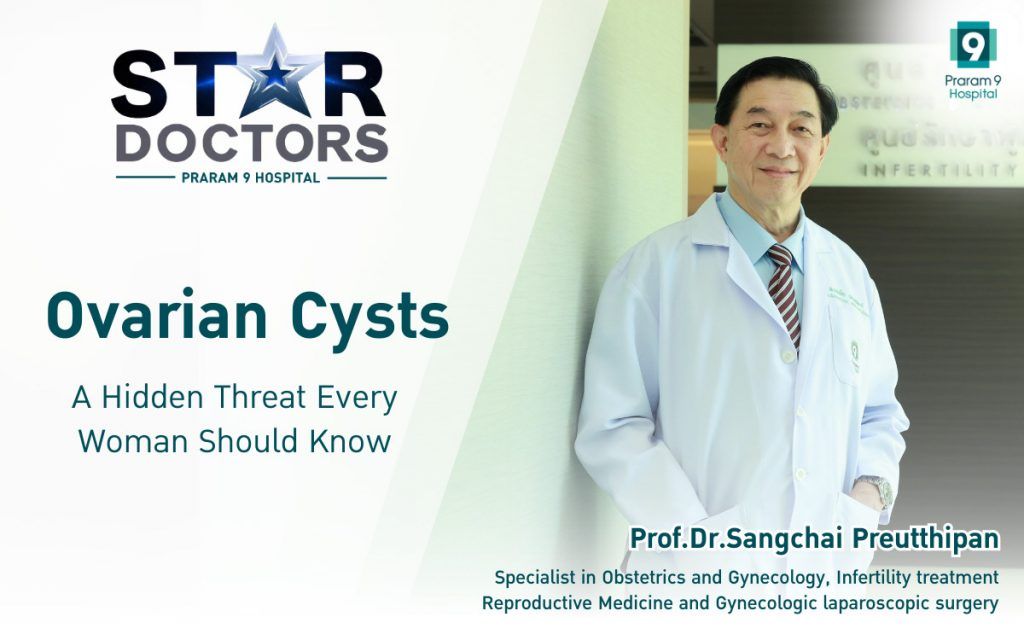Health Articles
Knowledge
Cancer and aging is connected, learn how.

Cancer and aging is connected, learn how.
As we grow older, the number of our cells that will “stop working” increases. This means that the cell no longer function normally, i.e. grows, divide, and renew. This is a process called cellular senescence. The percentage of senescent cells in our bodies increases as we grow older.
It is a matter of time when our cell division ceases as a result of an irreversible state of cell senescence. On the other hand, cancer is a disease defined by uncontrolled cell division that leads to the formation of tumors.
In the past, experts assumed that aging tissues has high chances of becoming cancerous due to an accumulation of multiple mutations in cancer causing-genes.
However, recently a study shows that, despite this accumulation, senescent cells are also likely to obstruct cancer development; this may be because the processes that cause cells to grow, divide, and renew are switched off during senescence.
With a broad analysis of genetic data, a group of researchers has shown that the genetic signature of aging tissue and cancerous tissue are very different to one another.
This is vital because the activity levels of certain genes can have an effect on how the cells within tissues behave and as a result, help us understand whether diseases such as cancer develop.
How is this finding have an effect on future treatment?
The researchers suspect that this finding might explain why the occurrence of cancer levels is reduced toward the end of life, whereas the chances of cell becoming cancerous increases in the decades before.
These results show a highly complex relationship between cancer and aging. On one side, development of cancer is contributed via aging. While on the other, some cellular mechanisms involved in aging may also be the reason for slowing down the progression of cancer.
These finding also demonstrate that the genetic activity linking aging and cancer is tissue-specific. At the same time, it is to note that some people age slower compares to others. Though many questions remain to be answered, this research may be a step in the right direction.
More information: Cancer Center














